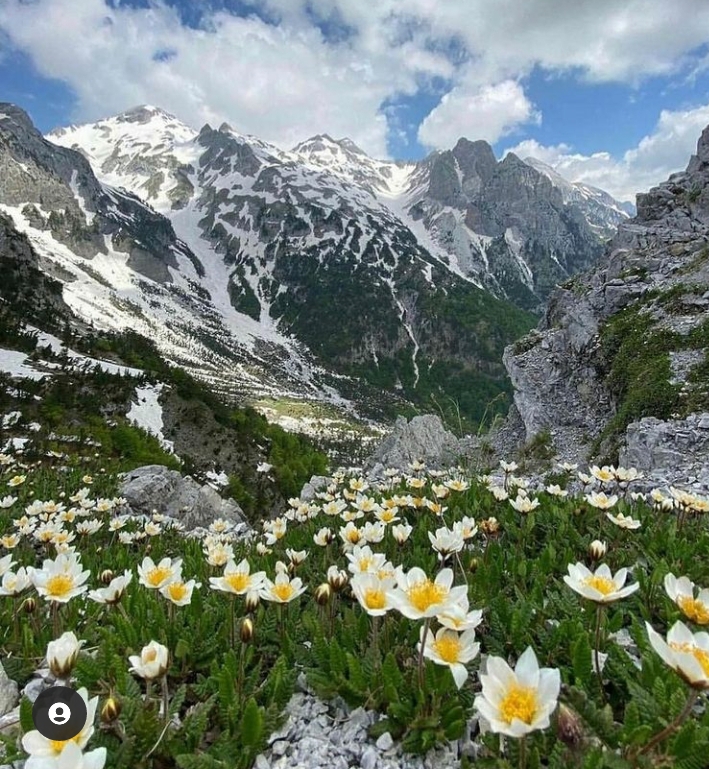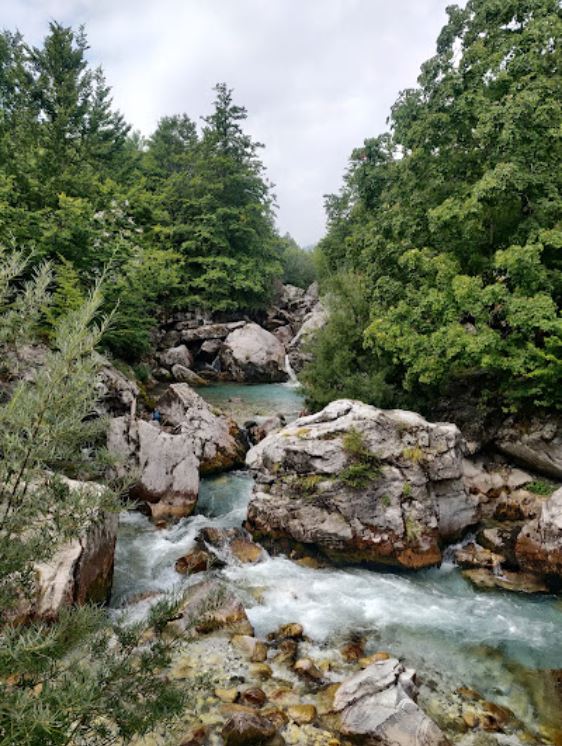Key Takeaways
- Valbona Valley is a pristine natural paradise nestled in the Albanian Alps, offering unparalleled landscapes.
- It features impressive geological and natural features like rugged mountains and glacial lakes.
- The valley boasts a rich cultural history rooted in traditional Albanian customs and hospitality.
- Visitors can engage in adventurous outdoor activities like hiking, camping, and wildlife watching.
- Accessibility is facilitated through various travel options, with accommodations that allow for authentic cultural experiences.
Nestled in the heart of the Albanian Alps,
Valbona Valley is a true gem for nature lovers and adventure seekers alike. Known for its unparalleled raw beauty, this untouched landscape offers a glimpse into pristine wilderness, traditional Albanian life, and breathtaking alpine scenery.
Geography and the Natural Features of Valbona Valley
The captivating
geography of Valbona features towering, rugged mountains, shimmering glacial lakes, and the lively Valbona River that courses through the valley. Dominating the horizon is Maja Jezercë, one of the highest peaks in the Albanian Alps, commanding attention with its majestic presence.
This landscape has been shaped over millennia by ice ages, resulting in dramatic cliffs, valleys, and glacial basins. The forests cloak the lower slopes, offering dense beech, pine, and oak trees, while the higher elevations burst into colorful alpine meadows dotted with wildflowers.
Florally and faunally, the valley is a sanctuary, where you might glimpse
brown bears, elusive
lynx, and soaring golden eagles. This biodiversity underscores the importance of the valley as a protected ecological corridor in Europe.
History and Cultural Significance
Rich with history, Valbona has been influenced by ancient civilizations — Illyrians, Romans, and Ottomans. The small villages show the enduring legacy of these cultures, where traditional lifestyles remain vibrant. The inhabitants rely on
agriculture and livestock, blending old customs with emerging tourism.
Local festivals and
traditions like “Besa”—a code of honor and hospitality—highlight the valley’s cultural fabric. Visitors can participate in folk dances and enjoy local musical instruments that echo centuries of tradition.
Flora and Fauna of Valbona Valley
The region’s
biodiversity is supported by vast forested areas and alpine meadows. Wildlife enthusiasts might spot
golden eagles,
peregrine falcons, and even
brown bears. The plant diversity includes
medicinal herbs and colorful wildflowers that bloom during spring and summer.
Conservation efforts are ongoing, striving to combat threats such as illegal hunting and deforestation, while promoting sustainable tourism practices that preserve this precious biodiversity hotspot.
Outdoor Activities and Tourism in Valbona Valley
Adventure awaits amidst the stunning scenery, with hiking being the top activity. The famous Valbona Pass trek, connecting to Theth Valley, offers breathtaking vistas. Climbing
Kollata peak provides panoramic views, while camping under starry skies, fishing, and wildlife spotting enrich the experience.
The best visiting seasons are
spring and
early autumn, when weather conditions are ideal and crowds are fewer. Always check weather forecasts, as mountain conditions can change rapidly.
Accessibility and Accommodation in Valbona Valley
Getting to Valbona is part of the adventure. Most travelers start from Tirana International Airport, then travel by bus or rent a car to Bajram Curri, the main gateway. An alternative scenic route is via Lake Koman ferry, offering spectacular views on the way.
accommodations range from traditional guesthouses, known as “bujtina,” which serve home-cooked Albanian meals and cultural hospitality, to camping sites for the more adventurous. Staying in local lodges ensures an authentic cultural immersion amidst beautiful surroundings.
Practical Tips for Visitors to Valbona Valley
Preparation is key: pack sturdy hiking boots, waterproof clothes, layered attire, and essentials like sunscreen and insect repellent. Always inform someone of your plans, stay on marked trails, and monitor weather updates. Remote areas might have landmine risks, so stay cautious if venturing off trails.
Practice
sustainable tourism by carrying out all waste, respecting wildlife, supporting local businesses, and honoring local customs. Responsible travel helps ensure the preservation of Valbona’s pristine environment for future visitors.
Conclusion
Valbona Valley is a treasure trove of natural wonders and cultural richness, offering unforgettable experiences for travelers seeking tranquility and adventure alike. From towering peaks and emerald lakes to warm local hospitality, this untouched region invites exploration and discovery.
Whether you’re hiking challenging trails, engaging with local traditions, or simply soaking in the pristine scenery, Valbona promises memories that last a lifetime. And as part of the broader Albanian Alps, there’s always more to explore — nearby Theth Valley and beyond await your journey.
We hope this guide inspires you to embark on your own adventure in this magnificent paradise. Remember, responsible and sustainable visits are key to preserving Valbona’s unparalleled beauty for generations to come.





